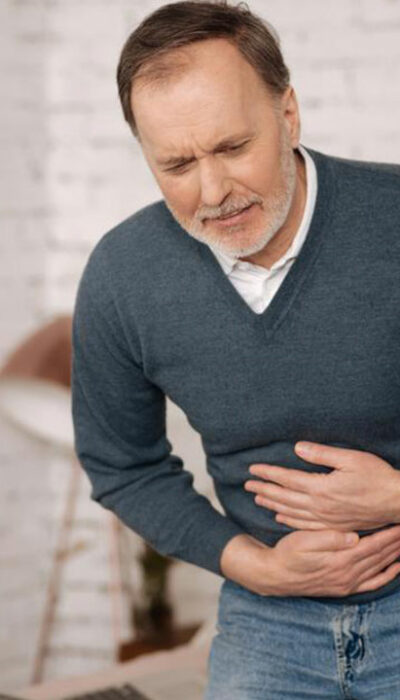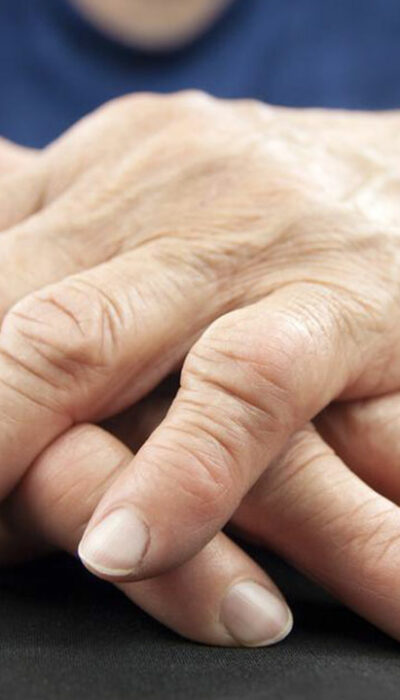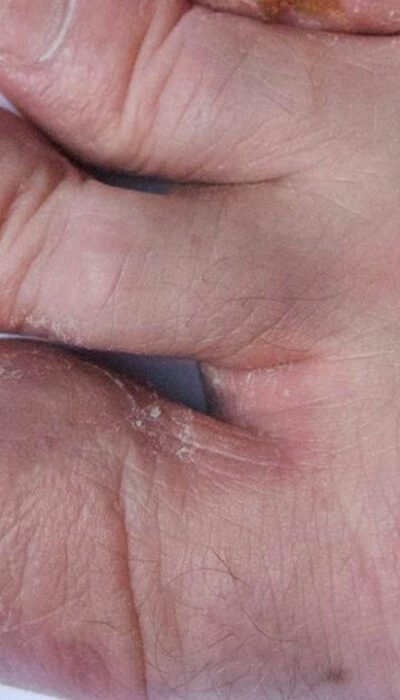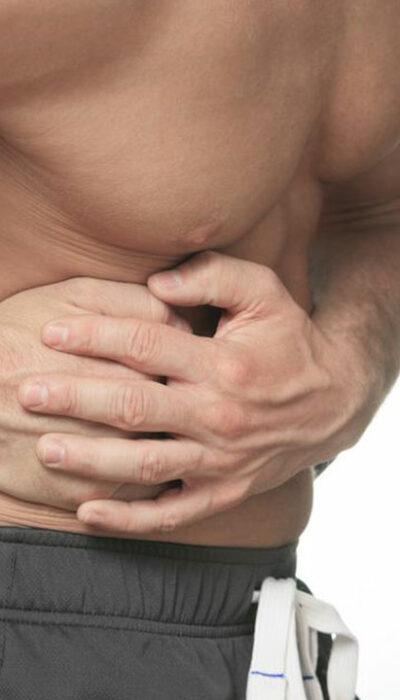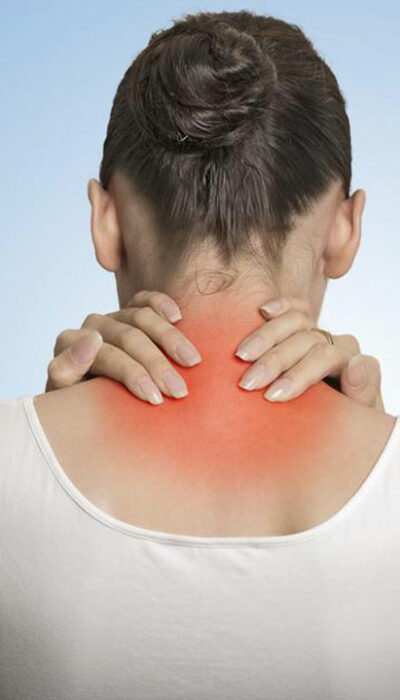
Make These Five Changes to Cope with the Symptoms of Fibromyalgia
Fibromyalgia is a common condition, but often goes misdiagnosed. Also known as a musculoskeletal condition, fibromyalgia causes pain in the muscle and joints resulting in a lot of fatigue. This can also lead to what is commonly referred to as fibromyalgia syndrome, which is a set of symptoms like pain in the muscle, fatigue, and decreased pain threshold. People often tend to overlook two of the most common symptoms of fibromyalgia—chronic pain and fatigue. Persistent pain in joints or muscles should be immediately checked out. The pain might not necessarily be the result of overworking or stress but can be prime indicators of developing fibromyalgia. Common symptoms of fibromyalgia: Here are some other indicators of fibromyalgia. Disturbances in sleep, which affects sleep patterns and causes fatigue, often leading to moody behavior and depression, are among the top symptoms of fibromyalgia. Severe muscle twitching, burning sensation under the skin, deep pain, and muscle pulling. Fibromyalgia also affects the neck joints, shoulder joints, back joints, and hip joints, among common areas. Other symptoms of fibromyalgia include abdominal pain; chronic headaches; dryness in mouth, nose, and eyes; stiffness in the body due to muscle pulling and pain; incontinence; inability to concentrate which is also known as fibro fog; and increased sensitivity to temperature changes. Myths about fibromyalgia busted Many people are under the impression that fibromyalgia is something which is rare and does not affect many. But this is not true, taking into account that more than 5 million people in the country suffer from this chronic pain disorder. The fact that only a few are aware of the statistics explains why the symptoms of fibromyalgia often go unnoticed and untreated, until and unless the condition worsens. Symptoms of fibromyalgia can be often confused with symptoms of most common pain disorders, which is why it takes some time to ascertain for sure that the condition is fibromyalgia.
